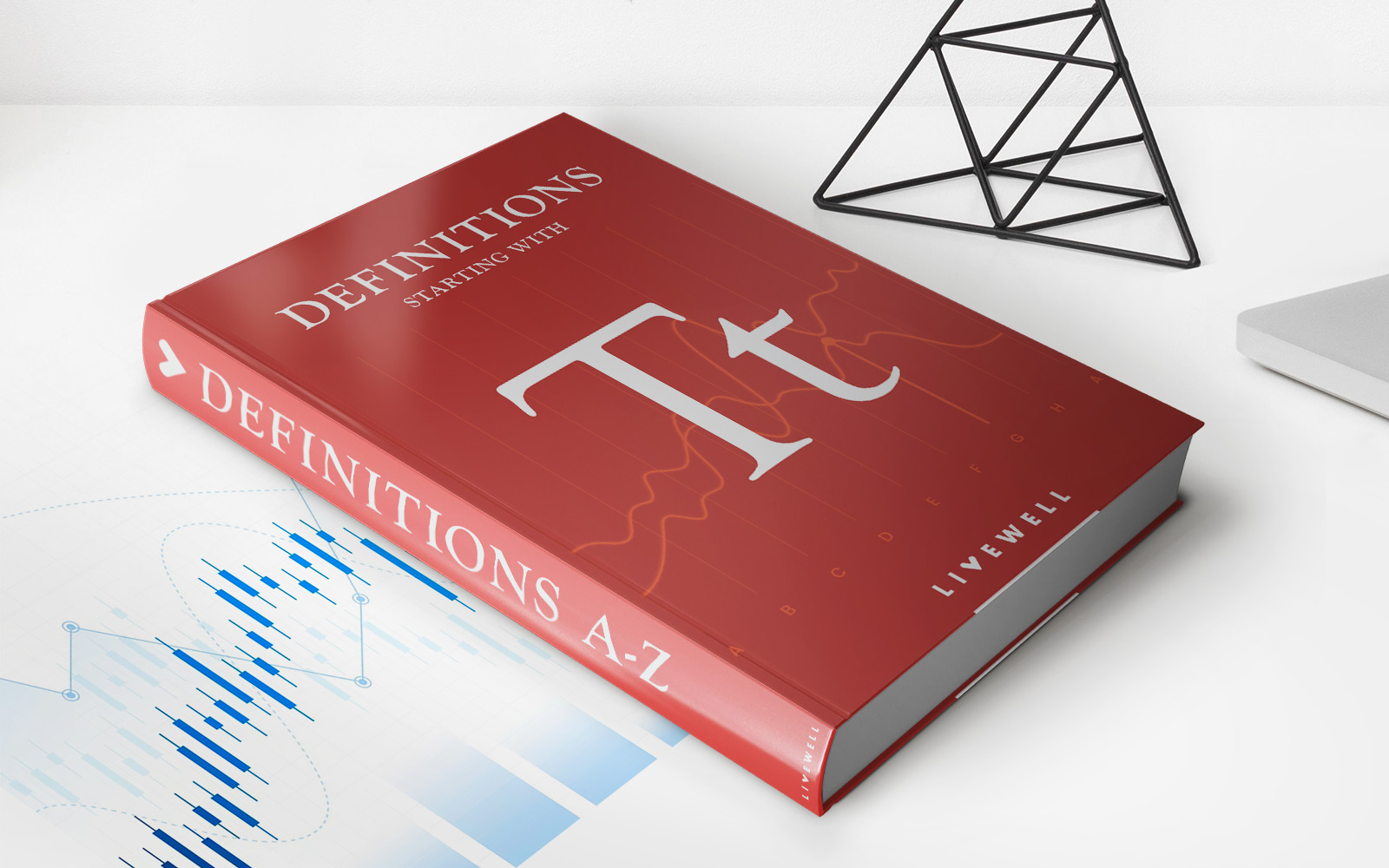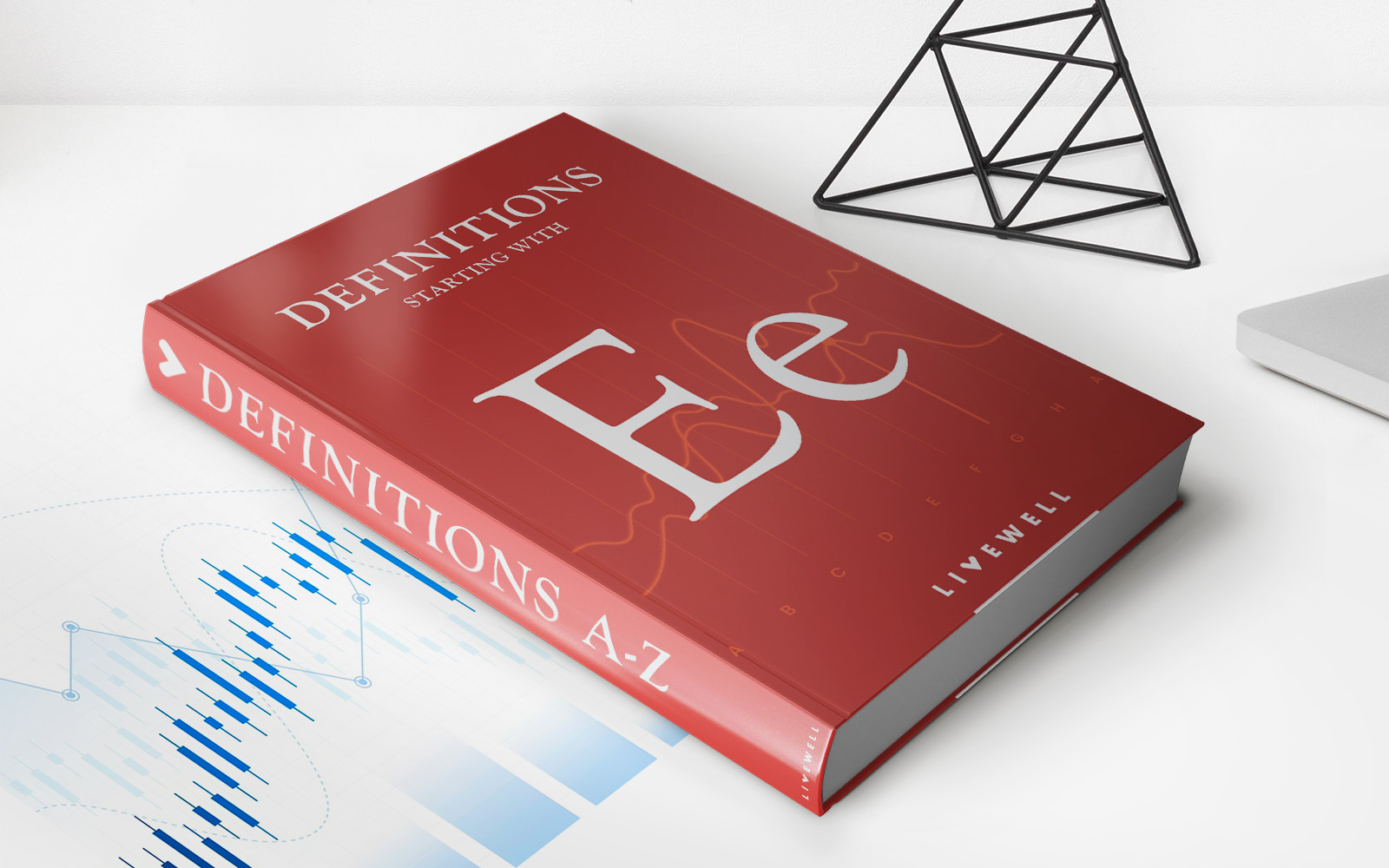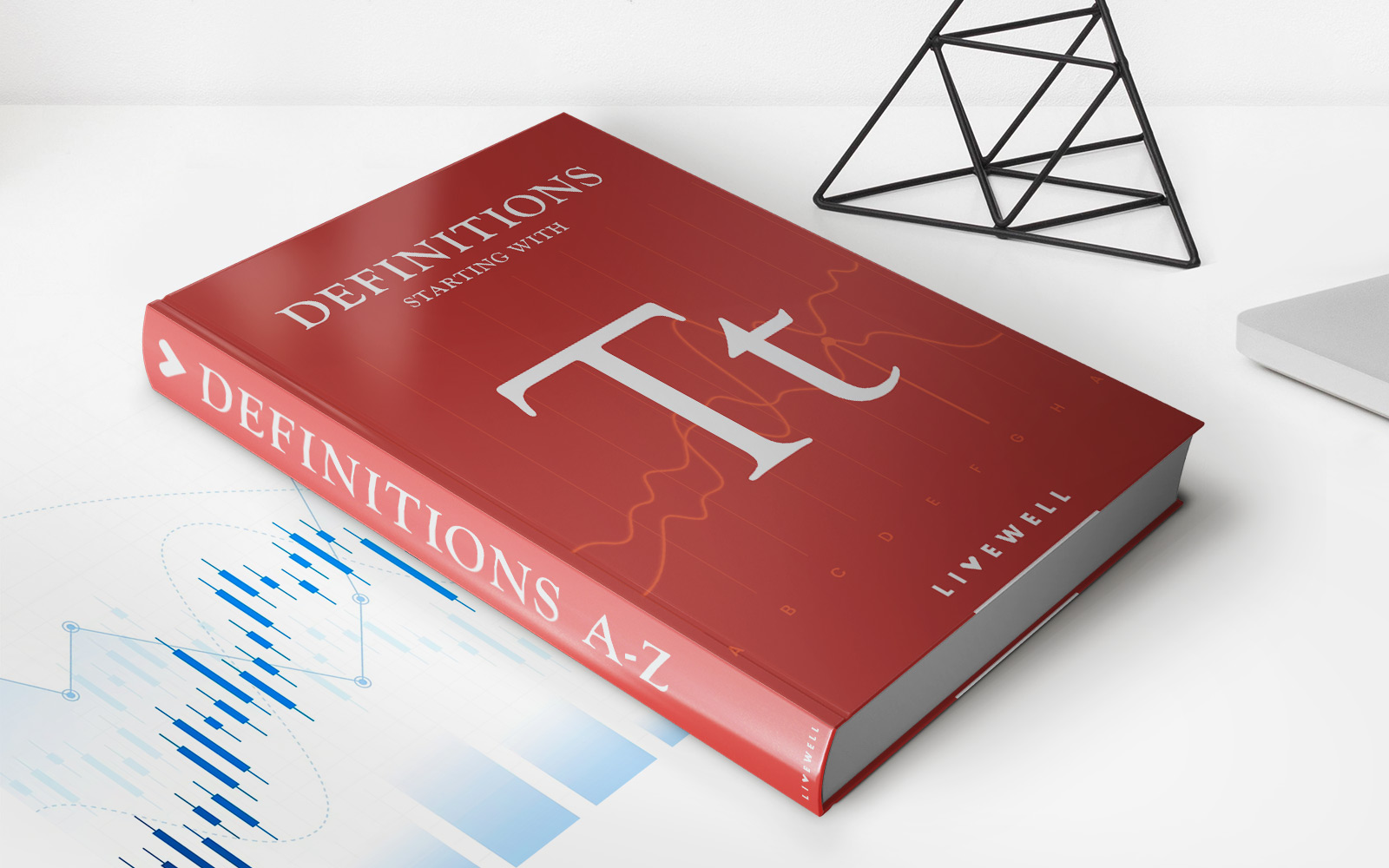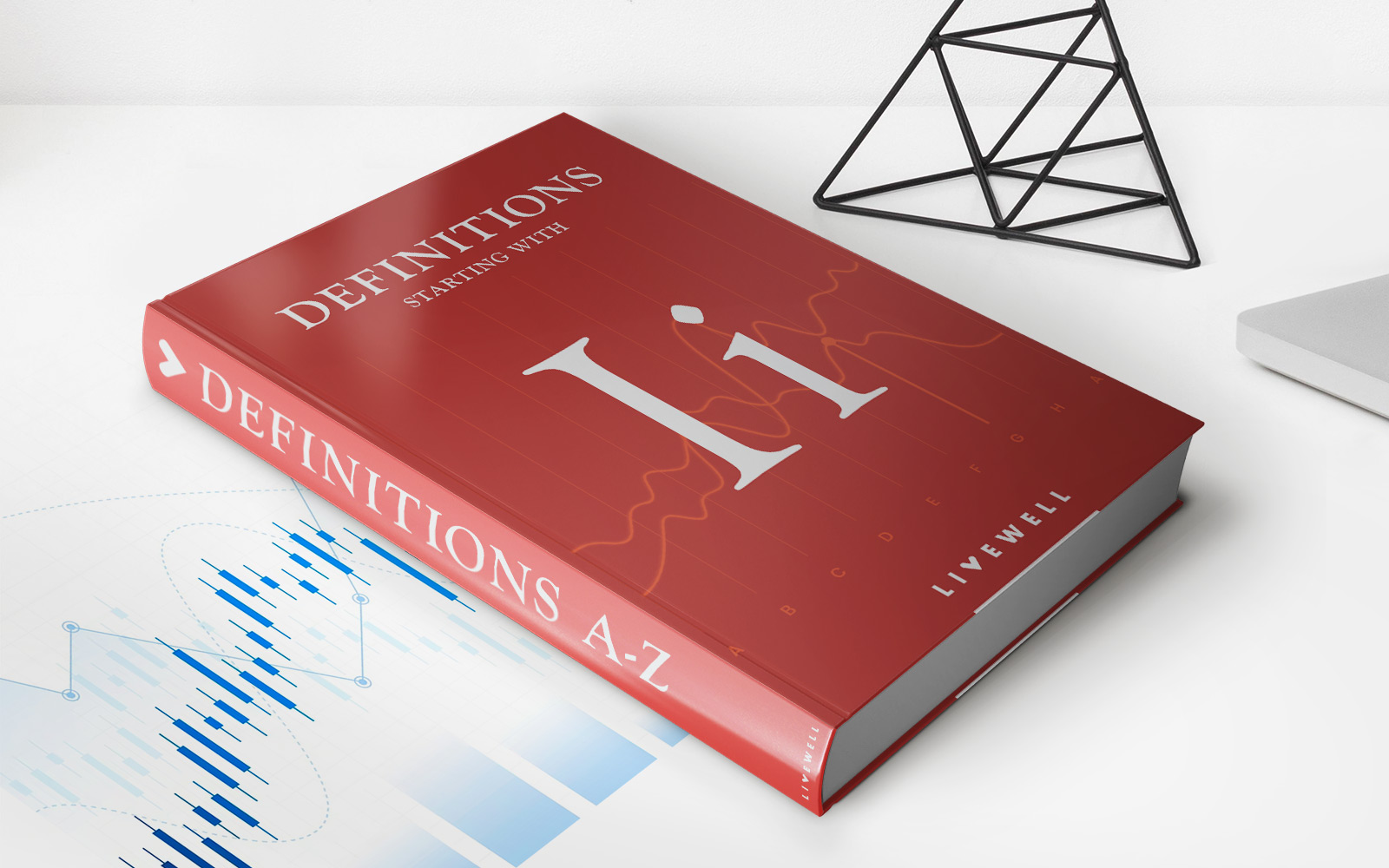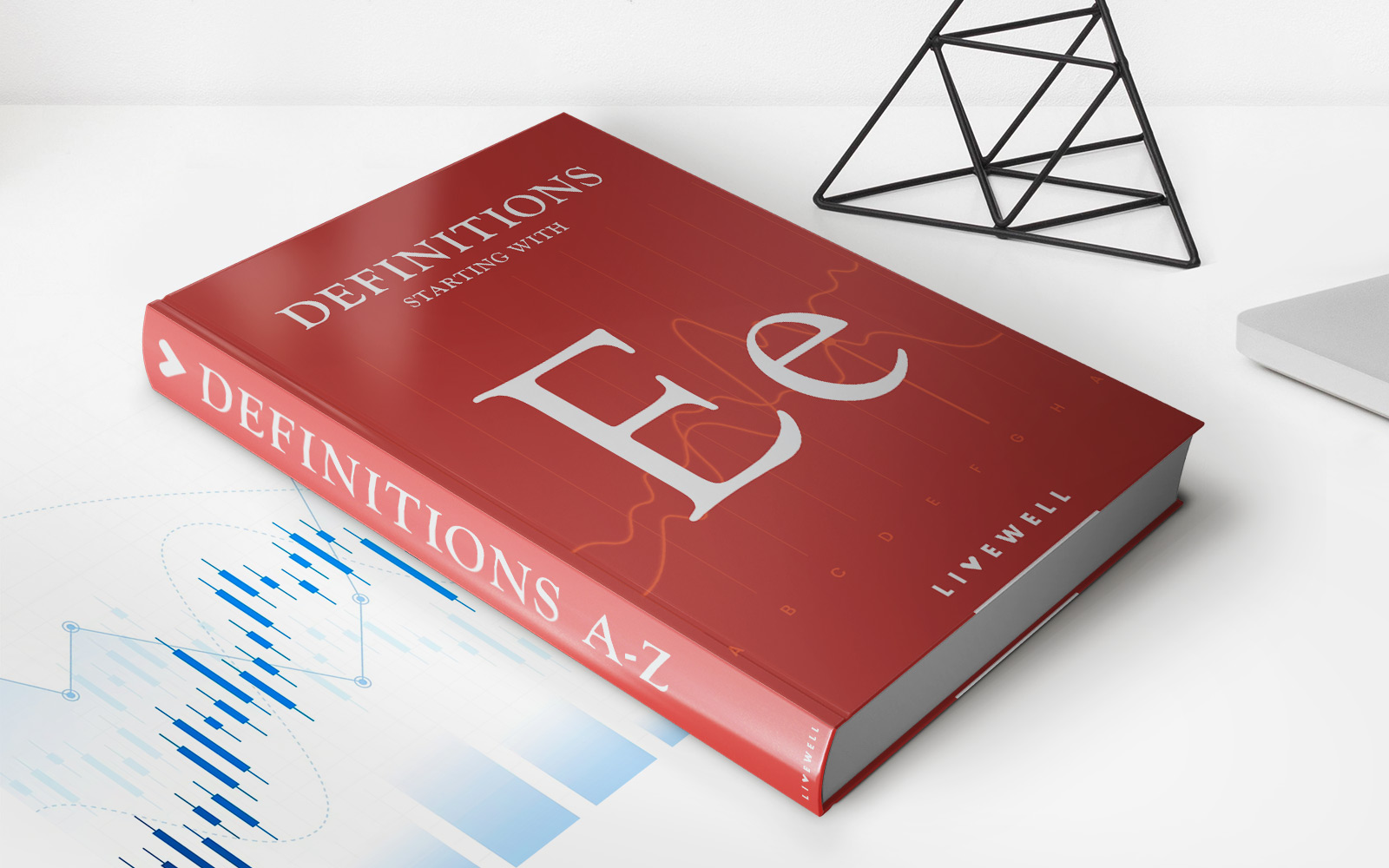Home>Finance>Exchange Traded Product (ETP): Definition, Types, And Example

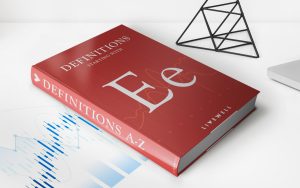
Finance
Exchange Traded Product (ETP): Definition, Types, And Example
Published: November 20, 2023
Looking for a comprehensive guide on exchange traded products (ETPs)? Learn the definition, types, and examples in finance, and enhance your investment knowledge.
(Many of the links in this article redirect to a specific reviewed product. Your purchase of these products through affiliate links helps to generate commission for LiveWell, at no extra cost. Learn more)
The Exchange Traded Product (ETP): Definition, Types, and Example
Finance is a vast realm with various investment options that can be overwhelming for beginners. One such investment vehicle gaining popularity lately is the Exchange Traded Product (ETP). But what exactly is an ETP, and how can it help individuals achieve their financial goals? In this blog post, we will dive deep into understanding the definition of ETPs, explore their types, and provide an example to illustrate their potential benefits.
Key Takeaways:
- An Exchange Traded Product (ETP) is an investment vehicle that trades on stock exchanges, representing a collection of underlying assets.
- ETPs provide investors with access to a wide range of asset classes, including equities, bonds, commodities, and more.
What is an Exchange Traded Product (ETP)?
An Exchange Traded Product (ETP) is a type of financial instrument that integrates the features of both stocks and mutual funds. It trades on stock exchanges, making it easily accessible to investors, just like buying shares of a company. ETPs offer exposure to a variety of underlying assets, including equities, bonds, commodities, currencies, and indexes.
ETPs are designed to track the performance of a specific index or multiple indices. They aim to replicate the return of the underlying asset or index, allowing investors to gain exposure to a diversified portfolio without directly owning the underlying securities or assets.
Types of Exchange Traded Products (ETPs):
1. Exchange Traded Funds (ETFs): ETFs are the most common type of ETPs. They are open-ended investment funds that hold a diversified portfolio of assets, such as stocks, bonds, or commodities. ETFs can be bought and sold on stock exchanges throughout the trading day at market prices. They are known for their transparency, low cost, and flexibility.
2. Exchange Traded Notes (ETNs): ETNs are unsecured debt securities issued by financial institutions. They are designed to track the performance of an underlying index or asset. ETNs offer investors exposure to various asset classes, including commodities, currencies, and specific strategies. Unlike ETFs, ETNs do not hold the underlying assets. Instead, investors rely on the creditworthiness of the issuer.
3. Exchange Traded Currencies (ETCs): ETCs are vehicles that track the performance of specific foreign currencies. Investors can gain exposure to various currencies without the need for forex trading accounts. ETCs provide a convenient way to speculate on currency movements or hedge against exchange rate fluctuations in international investments.
4. Exchange Traded Commodities (ETCs): ETCs are investment funds that track the price movements of commodities like precious metals, oil, natural gas, or agricultural products. These vehicles give investors an opportunity to diversify their portfolios and participate in commodity markets, typically without physically owning or storing the commodities.
Example of an Exchange Traded Product:
As an example, let’s consider an investor who is interested in gaining exposure to the S&P 500 Index, a widely followed benchmark of the U.S. stock market. Instead of buying individual stocks from the index, the investor can invest in an S&P 500 ETF. This ETF would exactly replicate the index’s performance, meaning that if the S&P 500 increases by 10%, the investor’s ETF shares would also increase by approximately the same percentage.
The investor benefits from diversification across all the constituent stocks in the S&P 500, without the need to buy and manage each stock individually. Furthermore, ETFs typically have lower expense ratios compared to actively managed mutual funds, making them a cost-effective option for investors seeking broad market exposure.
In conclusion, Exchange Traded Products (ETPs) provide investors with a convenient and efficient way to gain exposure to a variety of asset classes. Whether it’s equities, bonds, commodities, or currencies, ETPs offer diversification benefits and flexibility, allowing individuals to customize their investment portfolios to suit their financial goals. With the growing popularity of ETPs, it’s crucial for investors to understand their types, associated risks, and how they can fit into their overall investment strategy.

